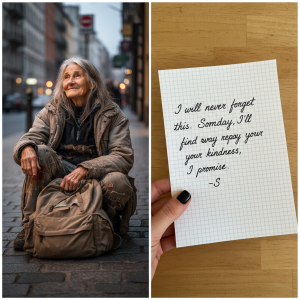If you’ve flown before, you might have noticed something curious:
Flight attendants, usually alert and on their feet, sometimes sit very still during takeoff and landing — hands pressed flat underneath their thighs.
At first glance, it might seem like a casual habit. But there’s actually a very important reason behind it — one that’s rooted in safety and rapid response readiness.
The Brace Position: More Than Just a Routine
When flight attendants sit on their hands during the most critical phases of a flight — takeoff and landing — they are actually adopting a part of the brace position.
This isn’t done for comfort. It’s a carefully trained technique designed to prepare them for sudden emergencies.
By sitting on their hands, flight attendants are able to:
Keep their bodies firmly anchored, minimizing the chance of injury if the plane experiences sudden turbulence or an emergency situation.
Prepare their muscles to react instantly, especially when seconds count.
Protect their limbs from flailing or injury during an impact.
This posture ensures that they can spring into action immediately if something goes wrong — whether that’s helping passengers evacuate, opening emergency exits, or administering aid.
Takeoff and Landing: The Most Critical Moments
Statistically, takeoff and landing are when the majority of aviation accidents occur.
That’s why flight attendants are especially focused during these windows — their training kicks in, and their priority becomes pure safety, not comfort or relaxation.
@_hennylim_ Why do cabin crew sit on their hands while in their jumpseats? Check this video out to know! Special guest for today’s video: Clare demecillo Follow my Official Facebook Page: “Henny Joyce Lim” Follow me on Instagram: _hennylim_ #fyp #HJL #cabincrewlife #bracingposition #cebupacific #groundstop ♬ Aesthetic – Tollan Kim
Every move they make is intentional, rehearsed, and guided by the protocols they study rigorously throughout their careers.
Flight Crews: Silent Guardians of the Sky
While passengers are busy settling in, reading, or daydreaming, the cabin crew remains in a state of sharp awareness.
Sitting on their hands isn’t just a quirk — it’s a silent, powerful signal that they are ready for anything.
So the next time you board a plane and notice the flight attendants pressing their hands under their thighs, take comfort:
You’re surrounded by highly trained professionals, quietly prepared to keep you safe, no matter what.
Because real heroes don’t always wear capes — sometimes, they just sit still, watchful and ready.





